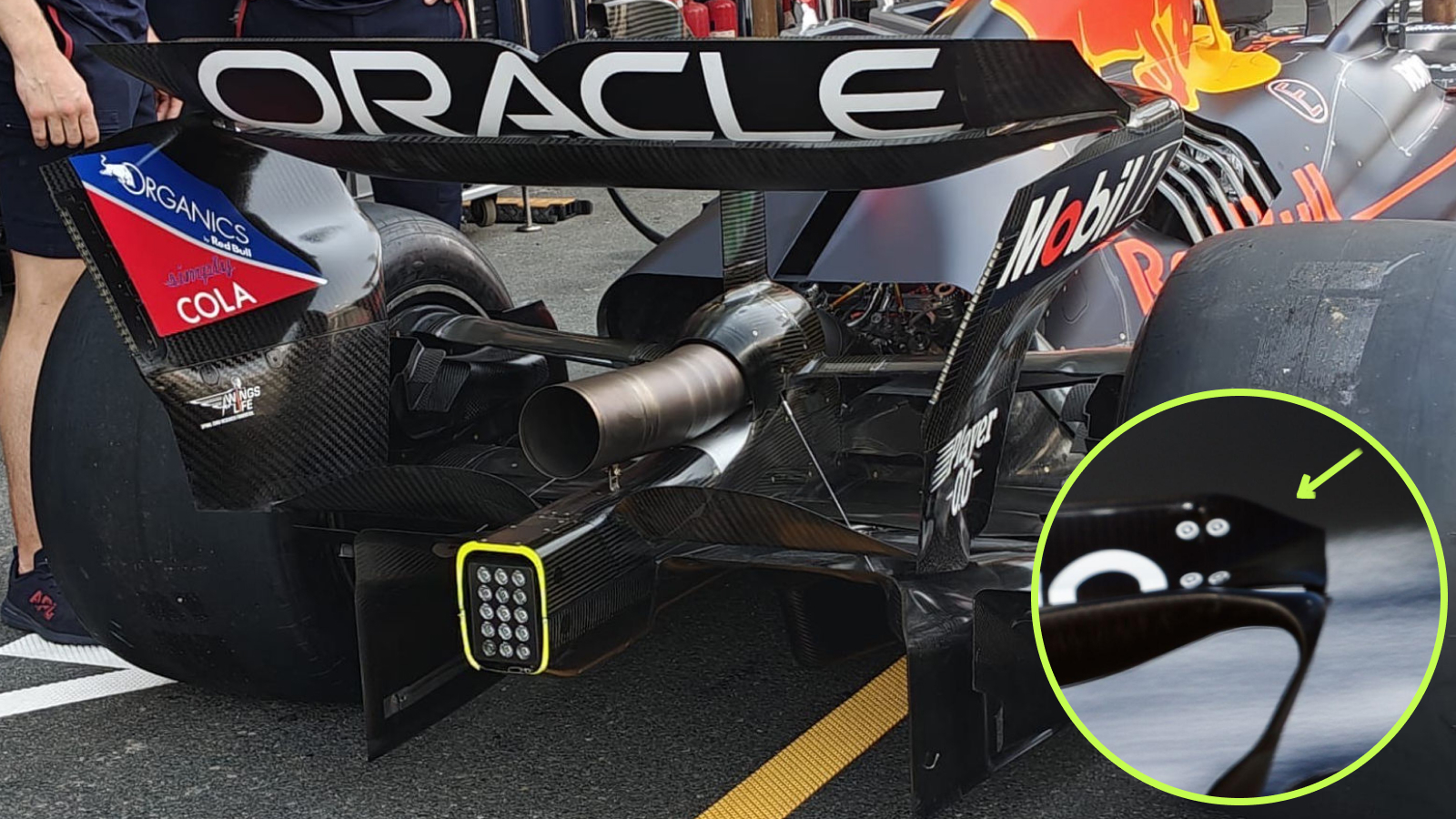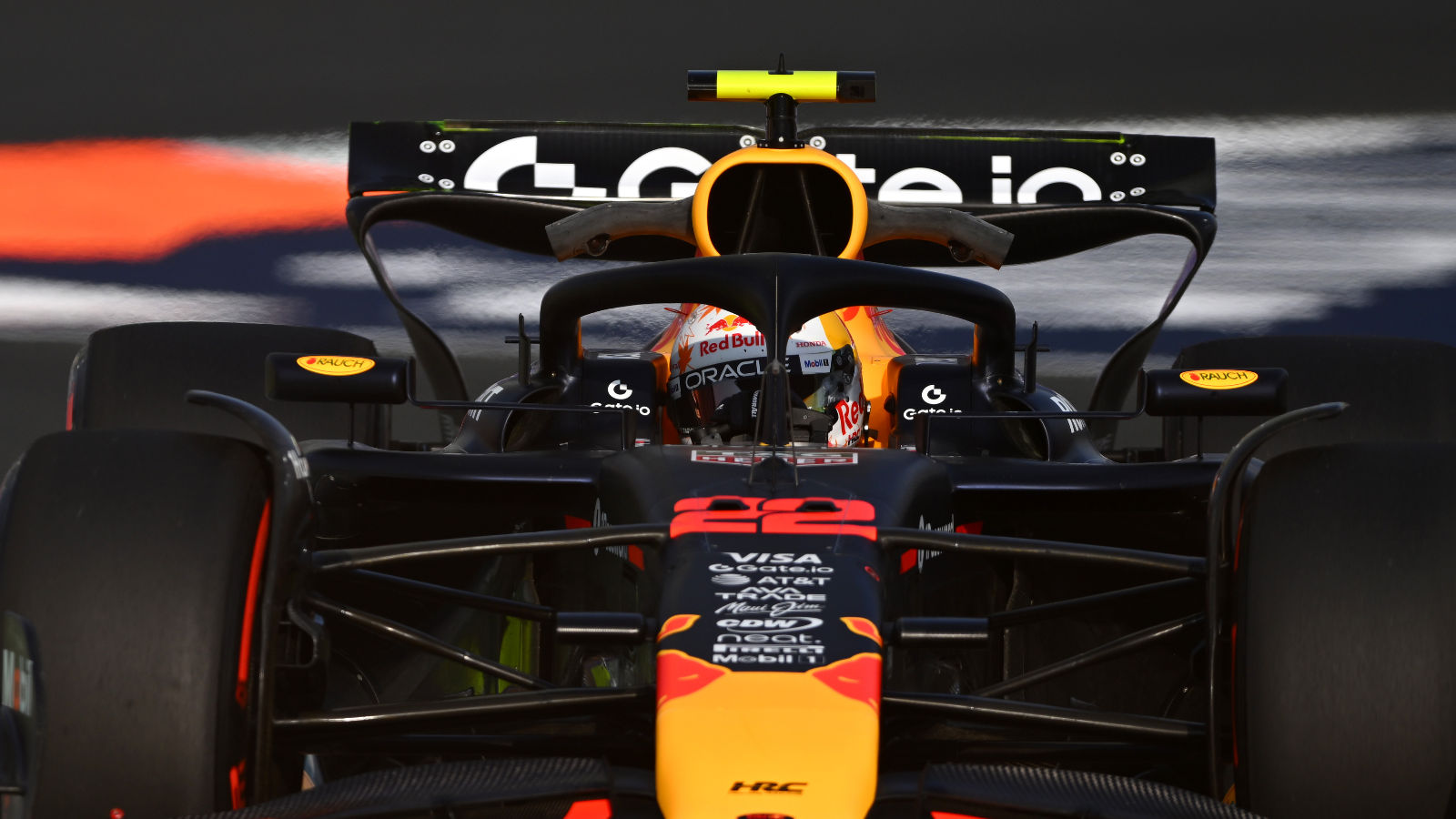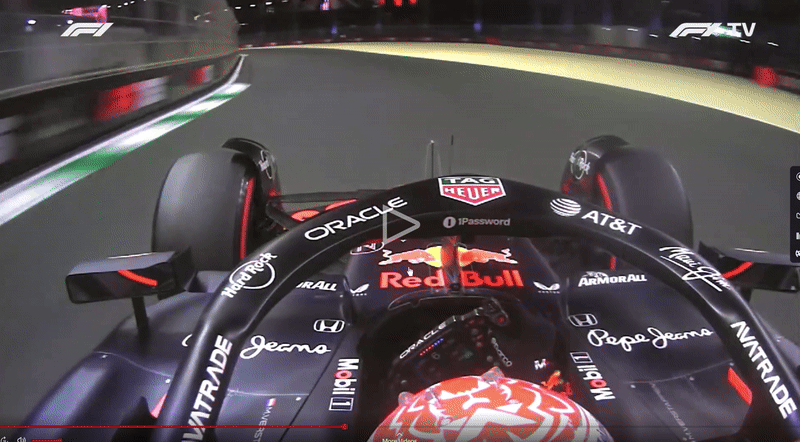You are correct...venkyhere wrote: ↑22 Apr 2025, 19:37what's the layman summary of this new discovery ?
internal flow gets botched up under yaw conditions (corners) and affects the quality of air exiting the radiators and flowing towards the rear -> adversely affecting all the DF structures in the rear, ie, beam wing, rear wing, and thus in turn, indirectly affecting the air exiting the floor via the diffuser as well.
Did I understand it right ?
If yes, more questions :
- why hasn't it affected high speed corners much ? because of smaller yaw angles ?
- how does this explain 'rotation' issues in slow corners ?
At high speeds, yaw angles are smaller and the flow is more stable. Plus, there’s more mass flow overall, which can help overpower some of the low pressure recirculations or flow separation from internal ducts. Also, external flow structures (like floor edge vortices) dominate more in high speed corners, potentially masking smaller rear aero disturbances caused by imperfect internal flow.
At low speed corners not only is the yaw angle higher, the car spends longer in a transient state. Internal flow may separate or stagnate unevenly, creating unpredictable outwash or asymmetric thermal plumes.
That turbulent, misaligned exit flow can cause rear downforce to fluctuate mid corner, reducing stability and making rotation either lazy or snappy depending on the phase. The car might feel fine on entry but vague or inconsistent at apex, especially if the beam wing and floor can’t stabilize the rear end due to dirty incoming flow. To stabilize the rear, low speed entry is usually sacrificed. If you remember there were times when both RB20 and RB21 performed well in low speed corners, could be that on some tracks the team was not forced to compromise their setup.
Basically, the rear structure of the car is exposed to hot turbulent (dirty) air from its own cooling exits, which can have an impact on rear deg too, not directly but through the domino effect it triggers. Teams usually compensate for this via setup (dialing in understeer to look after rears, etc) all this indirectly has an impact on low speed corners.
Also, one of the visible updates in Jeddah was the slightly wider opening of cooling exit.






